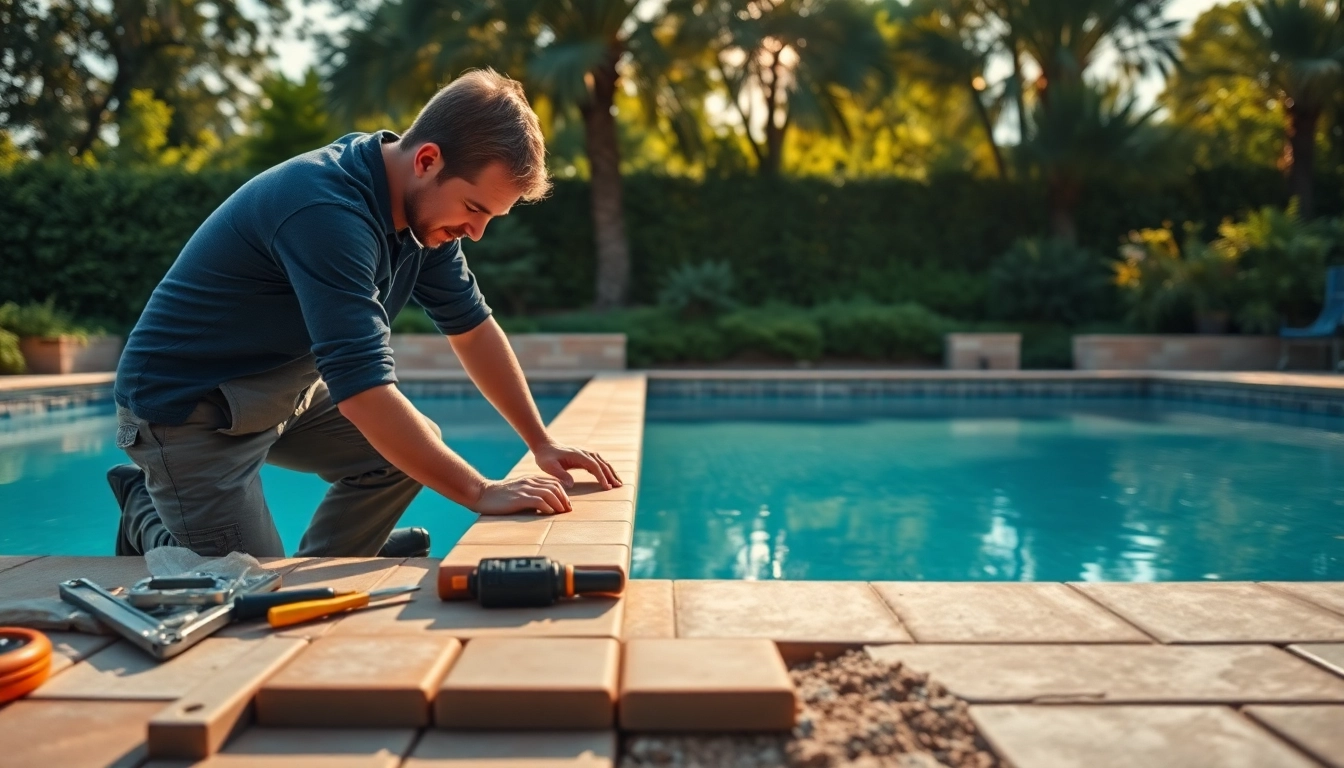Understanding the Importance of Art and Decor in Home Design
Art and decor play a pivotal role in home design, transforming spaces from mere rooms into expressive environments that reflect personal style and enhance emotional well-being. Integrating the right elements of Art and decor can significantly influence not just the aesthetic appeal of a space but also the overall atmosphere, creating a sanctuary that resonates with who you are.
The Psychological Impact of Art and Decor
The psychological effects of art and decor are profound. Research shows that colors affect mood; for example, blues and greens promote tranquility, while reds and yellows energize and invoke passion. Art can evoke memories, inspire creativity, and even offer respite from daily stress. Thoughtfully chosen decor communicates personal narratives, setting the tone for interactions within the space.
Key Trends in Art and Decor for Modern Interiors
Staying attuned to current trends ensures that your home feels contemporary and stylish. Some prominent trends include:
- Sustainability: Eco-friendly materials and practices are becoming increasingly popular as homeowners prioritize environmental impact.
- Personalization: Custom artworks and decor items that reflect individual stories or experiences help to create unique spaces.
- Multifunctionality: With homes serving various purposes—office, gym, and more—decor that serves dual functions is gaining traction.
Labels and Types of Art and Decor
When discussing art and decor, several categories are essential to understand. This includes:
- Wall Art: Paintings, prints, and murals that transform bare walls into focal points.
- Sculptures: Three-dimensional pieces that create interest and texture in any setting.
- Textiles: Fabrics used in upholstery, curtains, and wall hangings that contribute both style and comfort.
- Lighting: Decorative lighting fixtures that enhance ambiance while serving as artistic elements themselves.
Choosing the Right Art and Decor for Your Space
Identifying Your Style and Preferences
Before selecting art and decor items, understanding your personal style is crucial. Techniques to help identify your aesthetic include:
- Inspiration Boards: Collect images, textures, and colors that resonate with you. Platforms like Pinterest are excellent for this purpose.
- Style Definitions: Familiarize yourself with various styles—modern, bohemian, industrial, classic—and determine which align with your vision.
- Color Palettes: Selecting a cohesive color palette can guide your choices, ensuring that everything works harmoniously.
Sizing and Scaling Art and Decor Elements
Proper sizing and scaling are key to achieving a balanced look in your home. Consider these points:
- Proportionality: Larger pieces generally work well in expansive spaces, while smaller artworks may get lost in large rooms.
- Gallery Walls: When arranging multiple pieces, use similar sizes or a cohesive color scheme to create visual unity.
- Functional Furniture: Incorporate furniture with built-in storage or decorative features to maximize space without cluttering.
Harmonizing Colors and Textures in Your Home
Color and texture interactions can significantly affect your space’s feeling. Here are some tips:
- Complementary Colors: Utilize color theory to select pieces that either contrast or complement the existing hues in your room.
- Textural Variety: Mix different materials—wood, metal, fabric—to add depth and interest without overwhelming the senses.
- Layering: Layer items with varying textures to create a dynamically attractive environment.
Tips for Arranging Art and Decor Effectively
The Art of Placement: Where to Hang or Position Pieces
Placement is critical in ensuring that art and decor works effectively within a space. Here are proven strategies:
- Eye Level: Hang art at the viewer’s eye level for maximum impact—generally between 57 to 60 inches from the floor.
- Groupings: Cluster smaller pieces together for a gallery effect, while keeping larger artworks as standout features.
- Functional Areas: Incorporate decor pieces into functional spaces, such as placing a sculpture on a console table or a painting above a fireplace.
Creating Visual Balance with Art and Decor
Visual balance ensures that a space feels stable and appealing. Consider these tips:
- Symmetrical Arrangements: Balance larger pieces with equally weighted elements on the opposite side of the room.
- Asymmetrical Balance: For a casual, relaxed feel, opt for an asymmetrical approach, using varying sizes to create interest.
- Negative Space: Allowing for breathing room around pieces can enhance their visibility and impact, avoiding overcrowding.
Utilizing Focal Points in Your Design
Creating focal points can significantly elevate your decor game. Techniques include:
- Statement Pieces: Feature a singular stunning artwork or sculpture as a centerpiece that draws the eye immediately.
- Contrasting Backgrounds: Position art against neutral or contrasting backgrounds to make it pop visually.
- Lighting the Focus: Use accent lighting to highlight specific pieces or areas, enhancing their importance within the space.
Maintaining and Caring for Your Art and Decor
Best Practices for Preservation and Maintenance
Proper care is essential to preserve the beauty and integrity of art and decor. Key practices include:
- Controlled Environment: Keep art in a climate-controlled environment away from direct sunlight to prevent fading and damage.
- Regular Inspections: Periodically check for dust, damage, or environmental wear and take action accordingly.
- Professional Cleaning: For valuable items, consider hiring experts to handle cleaning and repair to maintain their condition.
Seasonal Refresh: Updating Your Art and Decor
Changing your decor seasonally can keep your home feeling fresh and inviting. Consider the following:
- Theme Updates: Incorporate seasonal motifs or colors reflective of current trends to create a new atmosphere.
- Interchangeable Fabrics: Swap out pillows, throws, or curtains to reflect the seasons easily without major expenses.
- Local Art Shows: Attend local art shows or fairs to find new pieces that resonate with the changing seasons.
Cleaning and Protecting Artwork and Decorative Items
Different materials require varied cleaning techniques. Keep in mind the following tips:
- Dust Regularly: Use a soft, dry cloth or feather duster to gently remove dust from paintings and decor items.
- Avoid Chemical Cleaners: Use gentle, pH-balanced cleaners on decor items and art; harsh substances can degrade surfaces.
- Frame Protection: Ensure frames are of quality materials and consider UV-filtering glass for paintings and photographs.
Incorporating Art and Decor into Outdoor Spaces
Choosing Weather-Resistant Art and Decor for Patios
Outdoor spaces can be enhanced with art and decor just as much as indoor areas. When selecting pieces, consider:
- Durability: Opt for materials specifically designed for outdoor use, such as treated wood, weather-resistant metals, and ceramics.
- Style Cohesion: Ensure that outdoor decor complements the overall theme of your home for a seamless transition.
- Functionality: Select decor that serves a purpose, such as outdoor sculptures that double as seating options.
Designing Cozy Outdoor Areas with Art and Decor
Creating inviting outdoor spaces encourages relaxation and social interaction. Consider the following tactics:
- Seating Arrangements: Use outdoor furniture in conversational arrangements to foster engagement.
- Layered Lighting: Incorporate ambient lighting such as string lights or lanterns to enhance nighttime gatherings.
- Textured Fabrics: Add soft pillows and throws to seating to create a comfortable and cozy atmosphere.
Seasonal Changes: Adapting Outdoor Displays
Just as indoor decor should reflect seasons, so too should outdoor displays. Keep these ideas in mind:
- Seasonal Flora: Rotate plant containers based on season and climate to maintain vibrant outdoor aesthetics.
- Festive Decorations: Incorporate seasonal decorations for holidays or special events to enhance outdoor cheer.
- Weather-appropriate Art: Use pieces that can withstand seasonal weather changes without compromising quality.



